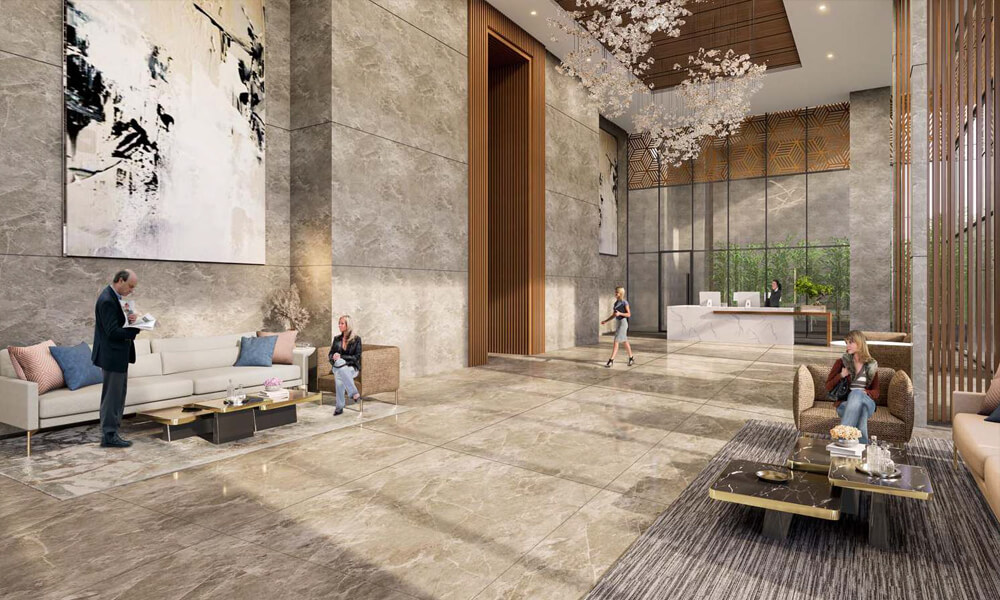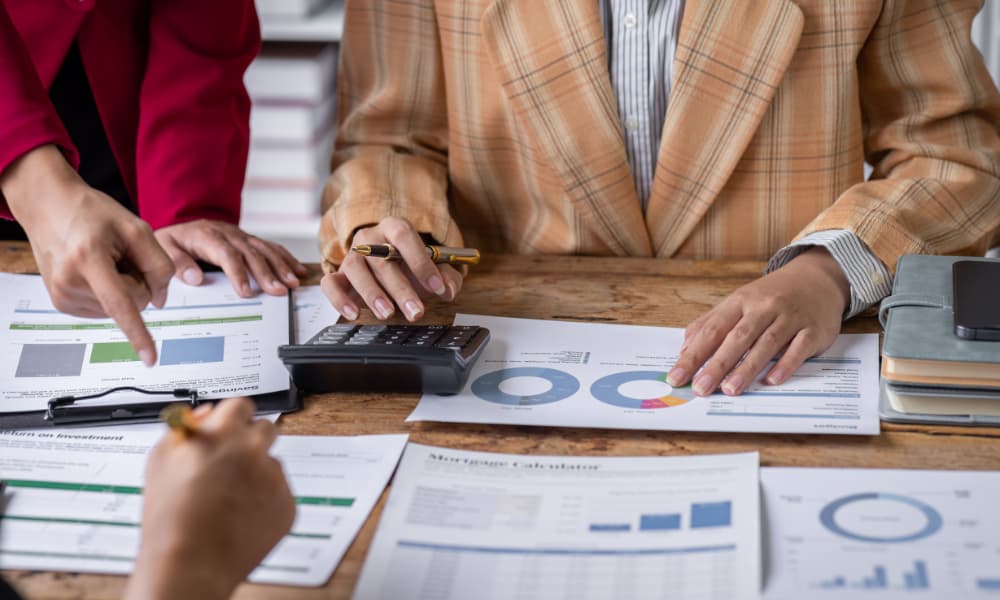The importance of sustainable means of living and saving the environment has become widespread in recent years. The strong focus on the climate revolution pushes business owners to opt for greener choices and contribute to saving the planet. Every year, thousands of physical stores open across the country. With physical stores taking up so much space, it has become essential to incorporate sustainable practices.
Fortunately, when it comes to a sustainable store design, there are various options to choose from. From LED lighting to solar panels to adding more greens inside and outside the retail space, you have many ideas. Consumers also tend to appreciate a business more when they see a genuine commitment to sustainability. Contact Stendel + Reich retail architects for your retail project.
Key highlights of a sustainable retail store
- Biophilic design.
A biophilic design means including plants and water in the interior space. Such green designs have been shown to provide numerous health benefits and individuals’ mental health and well-being. According to research, being surrounded by nature or elements of nature decreases stress and increases cognitive function. A biophilic environment also creates a more calming and quiet experience that many customers love.
- Renewable energy sources.
Renewable energy sources, such as wind and solar energy, are becoming popular among environmentally friendly retail stores. Many stores have adapted solar energy to power their lights, air conditioners, fans, and other electrical equipment. This saves energy and is a money-saving strategy for the long run. More and more retail spaces are incorporating solar panels on their roofs and wind turbines in their property.
- Healthy materials.
A sustainable design reduces damage to the outside environment and protects the well-being of its customers and employees. Therefore, it begins with using materials that are good for physical and mental health. Examples of healthy materials that can be incorporated into building a retail store include cob, recycled steel, sheep wool, sustainable wood, cork, etc. To ensure builders are using healthy materials, check whether they are FSC certified.
- Energy-efficient lighting.
Energy-efficient lighting has become immensely popular among retail stores and other areas. LED lighting options are the most opted solutions in this regard, but there is still room for further development in this area. Retailers can use additional energy-saving strategies like daylight sensors to reduce energy usage.
- Sustainable packaging.
The biggest brands in the world, including Calvin Klein, H&M, and Samsung, use sustainable packaging for their products. Retailers are increasingly using recyclable or biodegradable materials to reduce plastic use and waste. Moreover, they use limited packaging overall to consume less resources.






